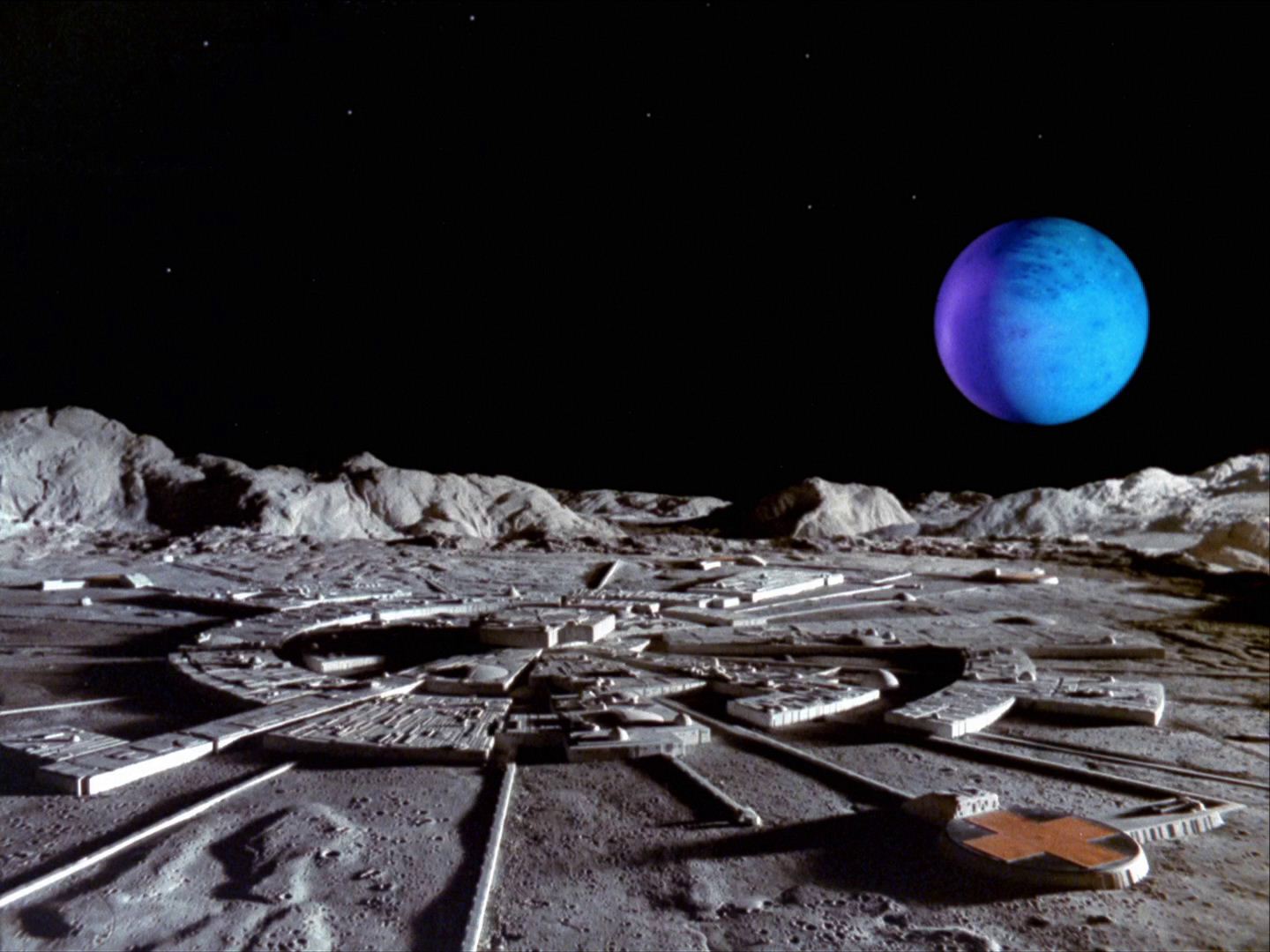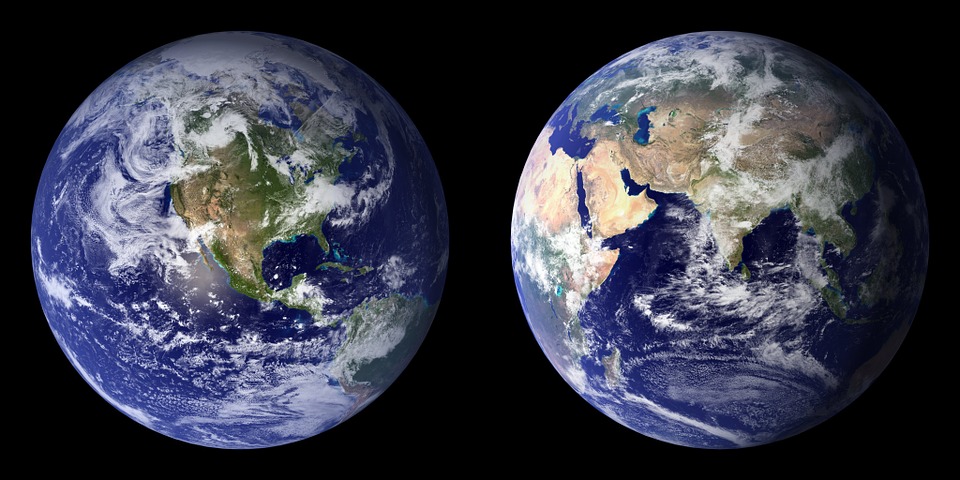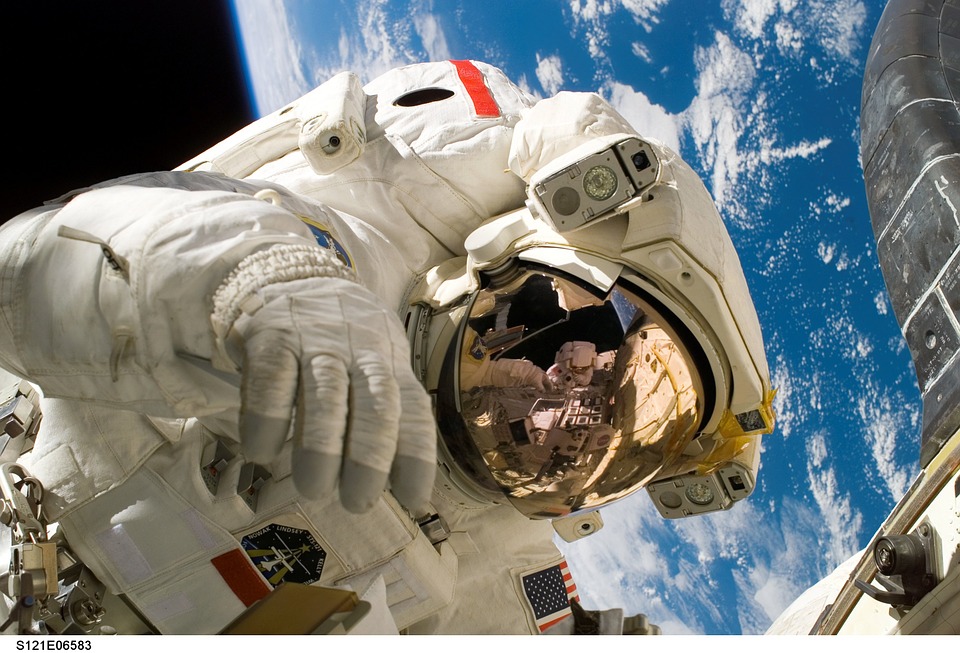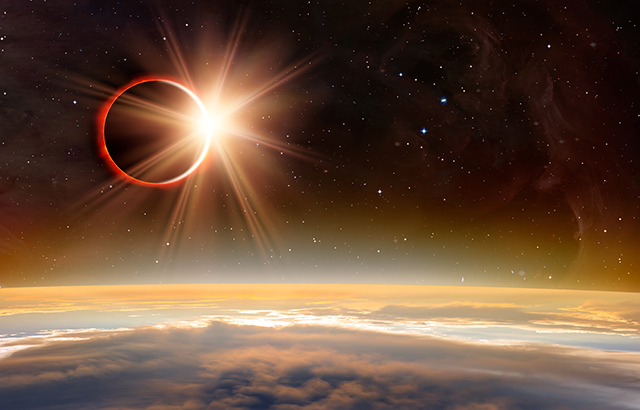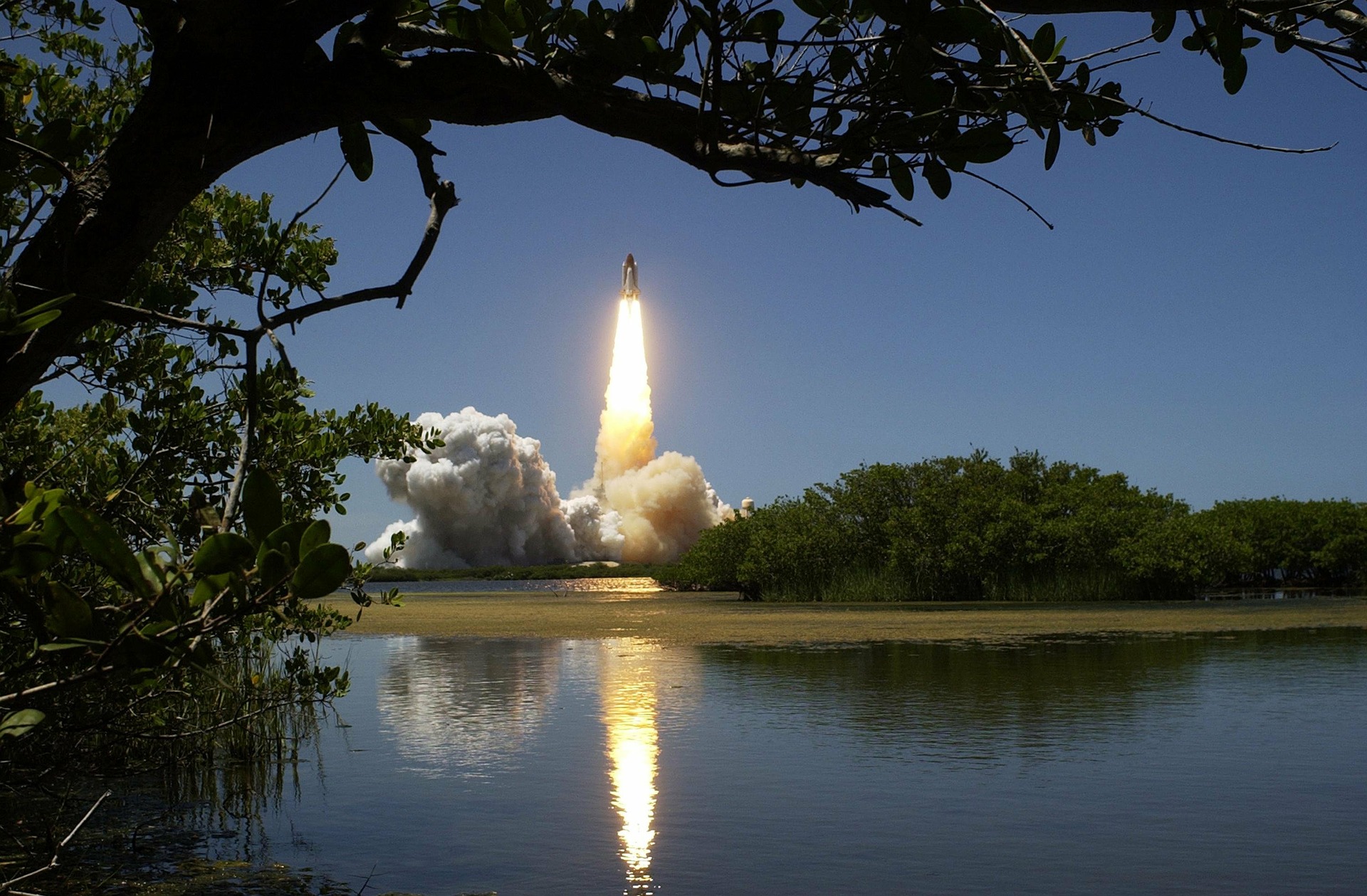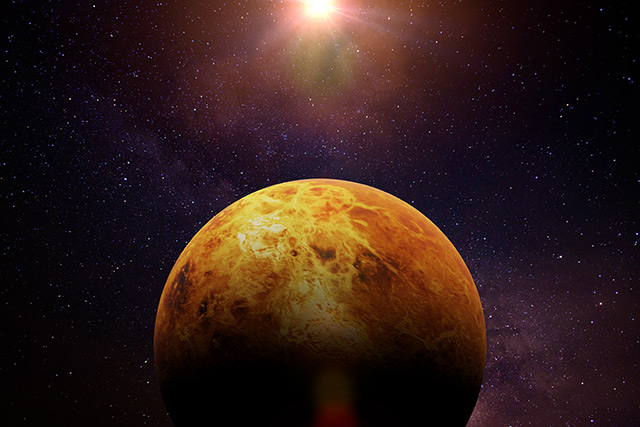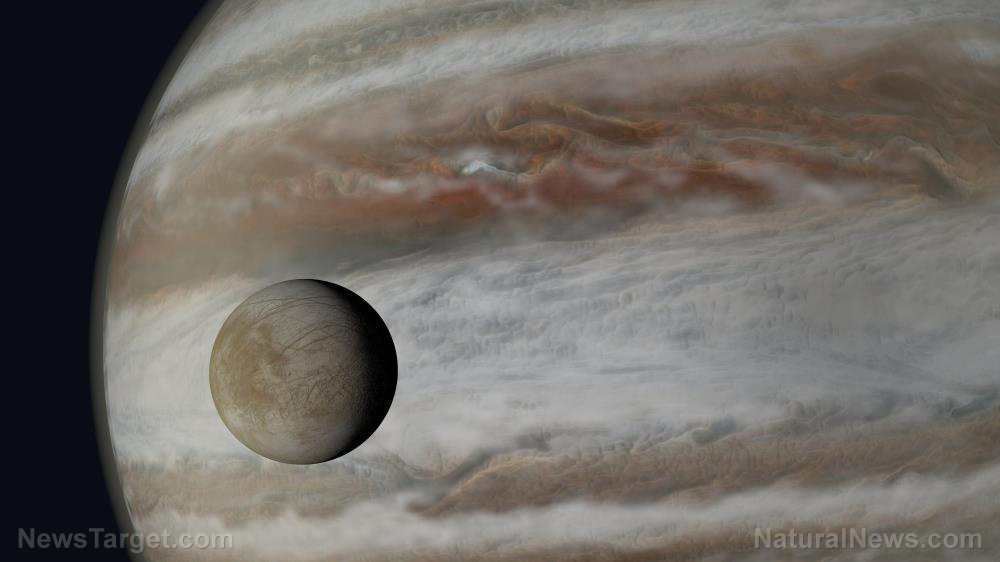Training for the Red Planet: China opens its Mars simulation base to tourists
08/23/2019 / By Stephanie Diaz

Curious tourists looking to have a taste of Mars can now go to Mang’ai city in northwestern China, where a Mars simulation base is waiting for them in the arid region. The base, which is designed to simulate the environmental conditions of Mars, took over a year to make, with construction started in June 2018.
China National Space Administration (CNSA), the country’s space agency, hopes that the project encourages younger generations to learn about space exploration. They also believe that research organizations and thrill-seekers alike can benefit from completing challenging tasks, which are similar to what astronauts could face on Mars.
China built a Mars camp for tourists that “emulates” Martian environment
Imitating Martian conditions does not come cheap. The facility, which can house up to 60 people, was built from container vans and cost approximately $22 million to make. They specifically chose to build the facility in Mang’ai since it is one of the closest analogs to the Martian surface on Earth.
However, it still cannot perfectly mimic the Red Planet’s extreme environmental and weather conditions. In an interview with the Global Times, Jiao Weixin, a space science professor at Peking University, said that it is very difficult to replicate life on Mars, especially since the Red Planet has a special set of natural and hostile environments like low air pressure, strong radiation, frequent sandstorms, as well as differences in geography.
Nevertheless, this did not deter CNSA from exploring Mars further. In a statement during the opening of the Chinese People’s Political Consultative Conference (CPPCC), Wu Weiren, chief designer of China’s lunar exploration program, said that China’s space agency plans to focus on studying Mars. (Related: Astronauts train for Mars mission by living in inflatable greenhouses in the Dhofar desert.)
“Next year, we will launch a Mars probe, which will orbit around Mars, land on it and probe it,” he added.
During the first few months of 2019, CNSA successfully placed a lander (Change’e-4) and a rover (Yutu-2) on the far side of the moon. The agency hopes that by next year, they would be able to send people to the surface of the moon and bring back lunar samples. If CNSA could accomplish this arduous task, it would be the third space agency to accomplish such a feat, after the U.S. and Russia.
The Martian environment
The Red Planet is often called the “Earth’s Twin” due to some perceived similarities. Both the Earth and Mars have polar ice caps, and at one point, Mars had a dense atmosphere and liquid water on its surface. The similarities end here, however, as Mars has very distinct weather patterns and phenomena that make it a league of its own.
- Unpredictable weather: Unlike on Earth, the weather conditions on Mars do not change daily, but by the hour.
- Thin atmosphere: In terms of density, the Martian atmosphere is only one percent that of Earth’s. It consists of carbon dioxide (96 percent), argon (1.93 percent), and nitrogen (1.89 percent), as well as trace amounts of water and oxygen. The atmosphere on Mars is very dusty. It contains particulates measuring up to 1.5 micrometers in diameter.
- Extreme temperature: Since Mars is much farther away from the sun than Earth, its surface temperatures can drop as low as -143 C (-226 F) at the poles during winter and rise as high as 35 C (95 F) at the equator during the summer.
- Extreme storms: While no planet in the solar system could beat Jupiter for its extreme weather conditions, Mars also has its fair share of intense storms. The planet experiences huge tornadoes that can turn into planet-wide phenomena. These storms have been known to travel thousands of kilometers and last for months at a time.
If you want to learn more about our planet’s “twin,” visit Cosmic.news.
Sources include:
Tagged Under: CNSA, future science, future tech, goodtech, innovation, lunar exploration, Mars, Mars exploration, Mars probe, Mars simulation base, Martian environment, moon exploration, Space, space exploration
RECENT NEWS & ARTICLES
COPYRIGHT © 2017 SPACE TOURISM NEWS



